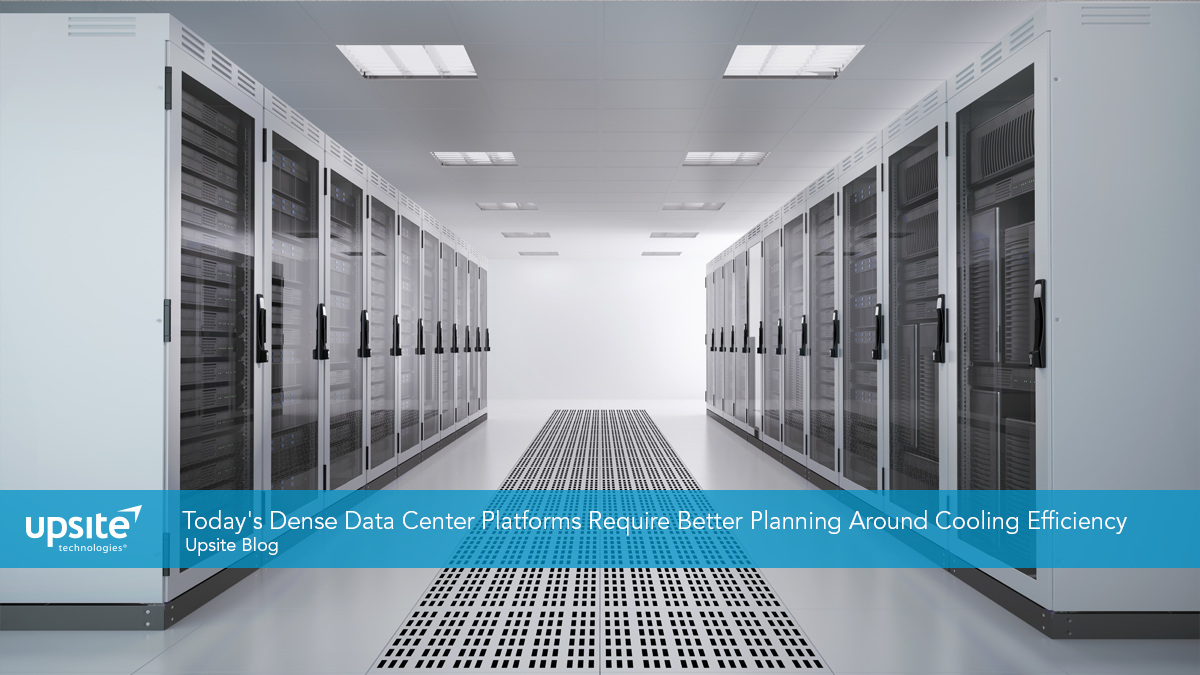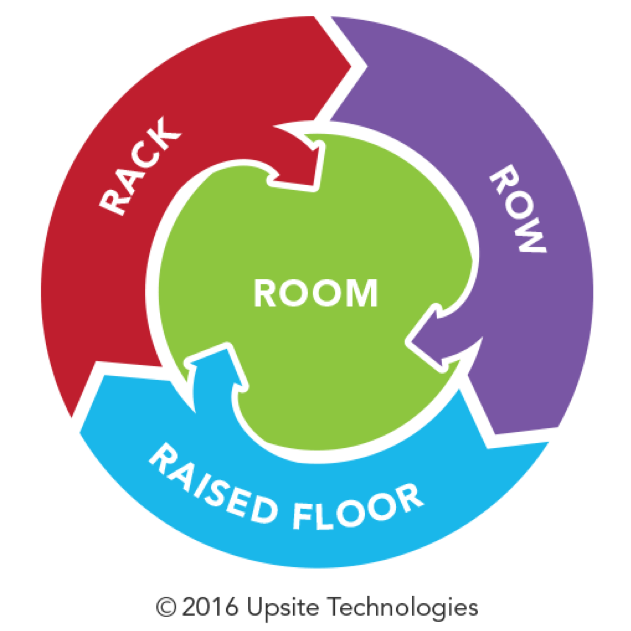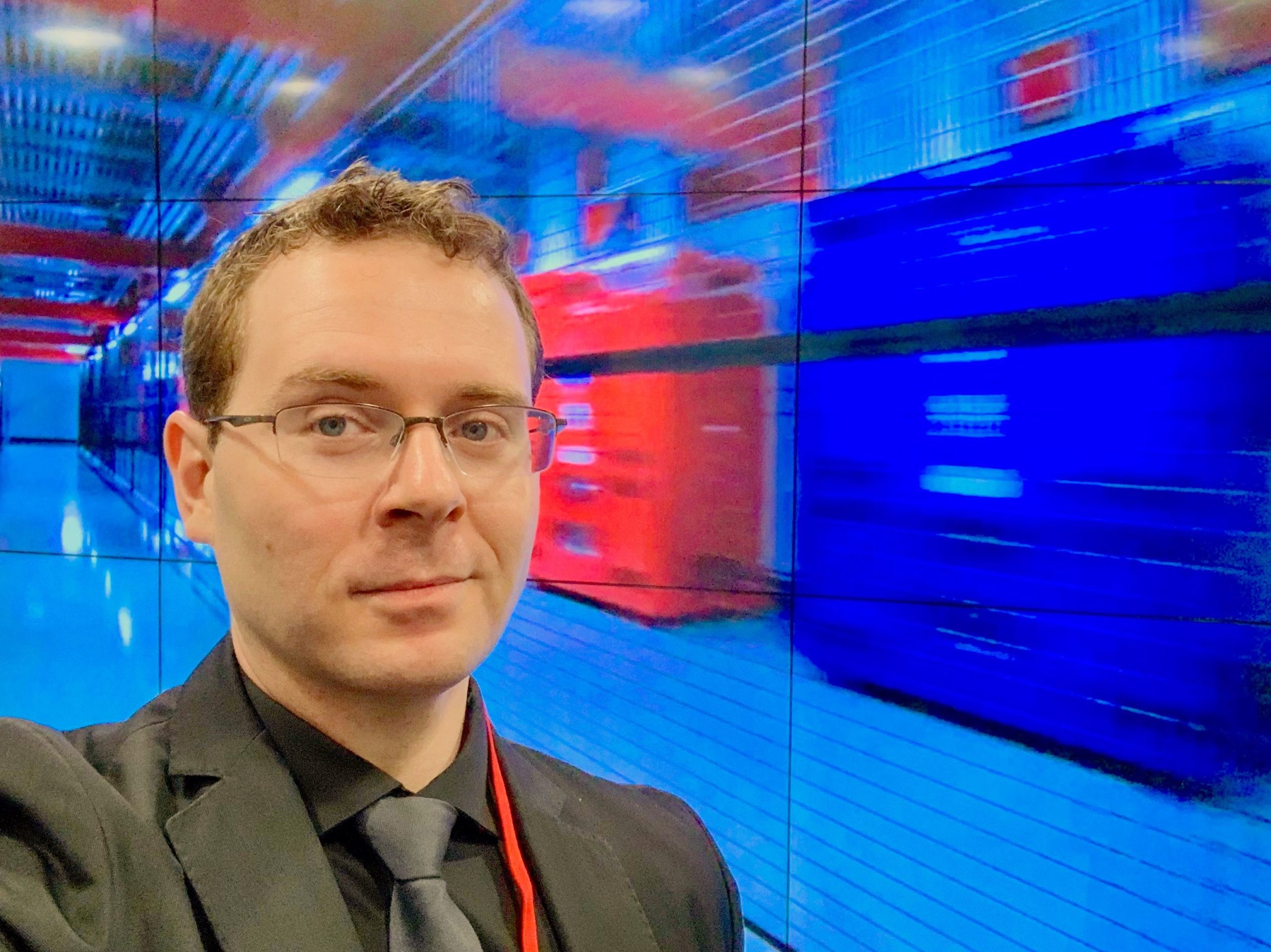Today’s Dense Data Center Platforms Require Better Planning Around Cooling Efficiency14 min read

I continue to see a revolution happening within the data center. Organizations are aiming to reduce floor space, deploy better solutions, and create innovative designs concerning density. Gartner recently pointed out that by 2020, 20% of business-critical applications currently deployed on three-tier IT infrastructure will transition to hyperconverged infrastructure. Furthermore, IDC’s Worldwide Quarterly Converged Systems Tracker shows that worldwide converged systems market revenue increased 19.6% year-over-year to $3.2 billion during the first quarter of 2018 (1Q18).
“Organizations around the world are increasing their investments on datacenter technologies that eliminate inefficient silos and support business-centric decisions rather than infrastructure-centric decisions,” said Eric Sheppard, research vice president, Server and Storage Infrastructure at IDC. “This is driving increased spending on converged systems that can safely reduce the complexity of datacenter infrastructure and allow IT teams to focus on high-value business projects.”
That being said, these new types of systems also impact the efficiency of a data center. One of the absolute best ways to impact the efficiency of your data center is to ensure proper airflow. So, if you’re focusing on data center design, trying to architect greater levels of density, or are planning to implement new solutions like convergence, make sure to deploy the right types of airflow management techniques to help you lower your PUE and improve efficiency.
Remember, airflow management continues to be an absolutely critical efficiency design point. It’s no wonder that, according to a recent report from MarketsandMarkets, the airflow management market was valued at about $420M in 2016, and by 2023, that market will be worth more than $807M. According to the study, the airflow management market is mainly driven by the growing demand for green data centers globally. Factors such as the increasing number of data centers worldwide and improving cooling efficiency and thermal management in data centers are driving the growth for optimal airflow management.
That said, regardless of the kind of solution you’re deploying, airflow management doesn’t need to be a difficult process. As you’re architecting your data center, be sure to focus on the ‘4 R’s of Airflow Management™.’ The ‘4 R’s’ is a holistic methodology developed by Upsite Technologies for implementing changes to optimize a data center’s cooling infrastructure and ultimately realize energy savings.

To validate this methodology, Upsite used 6SigmaDCX to model a 4,000 sq. ft. data center and provide engineering simulation to assess the impact of the changes made to these four areas: rack, raised floor, row, and room. The simulation provided valuable information about how problem areas (e.g. hot spots) could be rectified and how capacity and operating cost benefits could be realized after making AFM improvements to each of the 4 R’s. The execution of the steps resulted in:
- Reduction in the maximum IT inlet temperature of 8.4° F
- Cooling supply temperature increase of 10° F
- Cooling unit fan speeds reduced by 35% and one cooling unit turned off
- Partial PUE (pPUE) reduced from 1.54 to 1.34
- Over $60,000 in annual savings for a 4,000 Sq. Ft. Data Center
- 15-month ROI
You can check out a cool video of the simulation here: https://www.youtube.com/watch?v=_glvk5qi-gM
“Given the many solutions available to improve data center airflow, the process of creating an effective airflow management plan can seem overwhelming,” said Lars Strong, Senior Engineer and Company Science Officer of Upsite Technologies. “Our 4 R’s of Airflow Management approach provides a clear strategy to optimize cooling and lower PUE. With the impressive results now demonstrated by CFD modeling, I anticipate that more owners and operators will be utilizing our 4 R’s methodology to accomplish this quickly, efficiently, and with a faster ROI.”
In working with multiple data center solutions – forgetting to reevaluate AFM after a new architecture or piece of technology was implemented has proven to be one of the biggest bottlenecks in data center efficiency. Remember, cooling and efficiency are a science. They evolve as the needs of your data center change. This is absolutely true when deploying new solutions like converged infrastructure.
The 4 R’s of AFM is a great framework to keep in the back of your mind as you design new solutions. Most of all, emerging data center architectures can benefit from this design as well. According to Stratistics MRC, the global edge computing market accounted for almost $8 billion in 2017 and is expected to reach more than $20 billion by 2026 growing at a CAGR of 11.0% during the forecast period. More data center providers are investing in edge solutions to bring data and services even closer to their customers. These types of data center designs will absolutely require AFM considerations and architectures focused on efficiency. Oftentimes, providers are deploying dozens of edge locations that will need to incorporate efficiency and good airflow management. Following the 4 R’s can make your life a lot easier when developing environments to support a growing technology as well as a healthy and greener business footprint.

Bill Kleyman
Industry Analyst | Board Advisory Member | Writer/Blogger/Speaker | Contributing Editor | Executive | Millennial
Bill Kleyman is an award-winning data center, cloud, and digital infrastructure leader. He was ranked globally by an Onalytica Study as one of the leading executives in cloud computing and data security. He has spent more than 15 years specializing in the cybersecurity, virtualization, cloud, and data center industry. As an award-winning technologist, his most recent efforts with the Infrastructure Masons were recognized when he received the 2020 IM100 Award and the 2021 iMasons Education Champion Award for his work with numerous HBCUs and for helping diversify the digital infrastructure talent pool.
As an industry analyst, speaker, and author, Bill helps the digital infrastructure teams develop new ways to impact data center design, cloud architecture, security models (both physical and software), and how to work with new and emerging technologies.
0 Comments